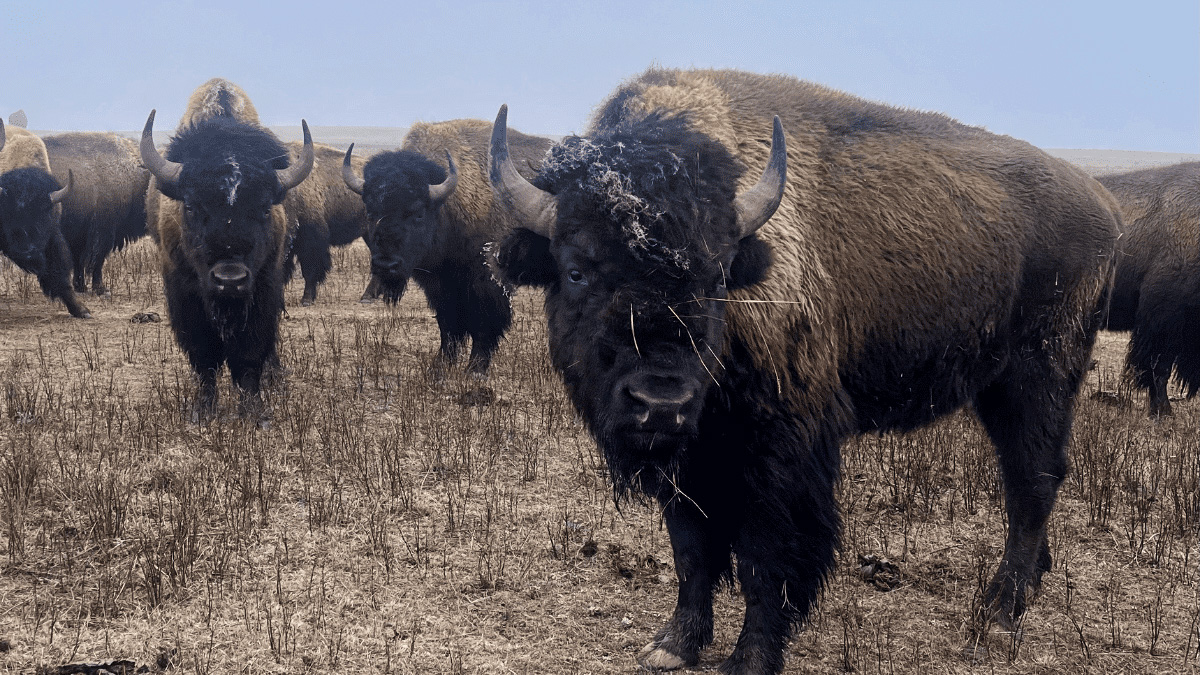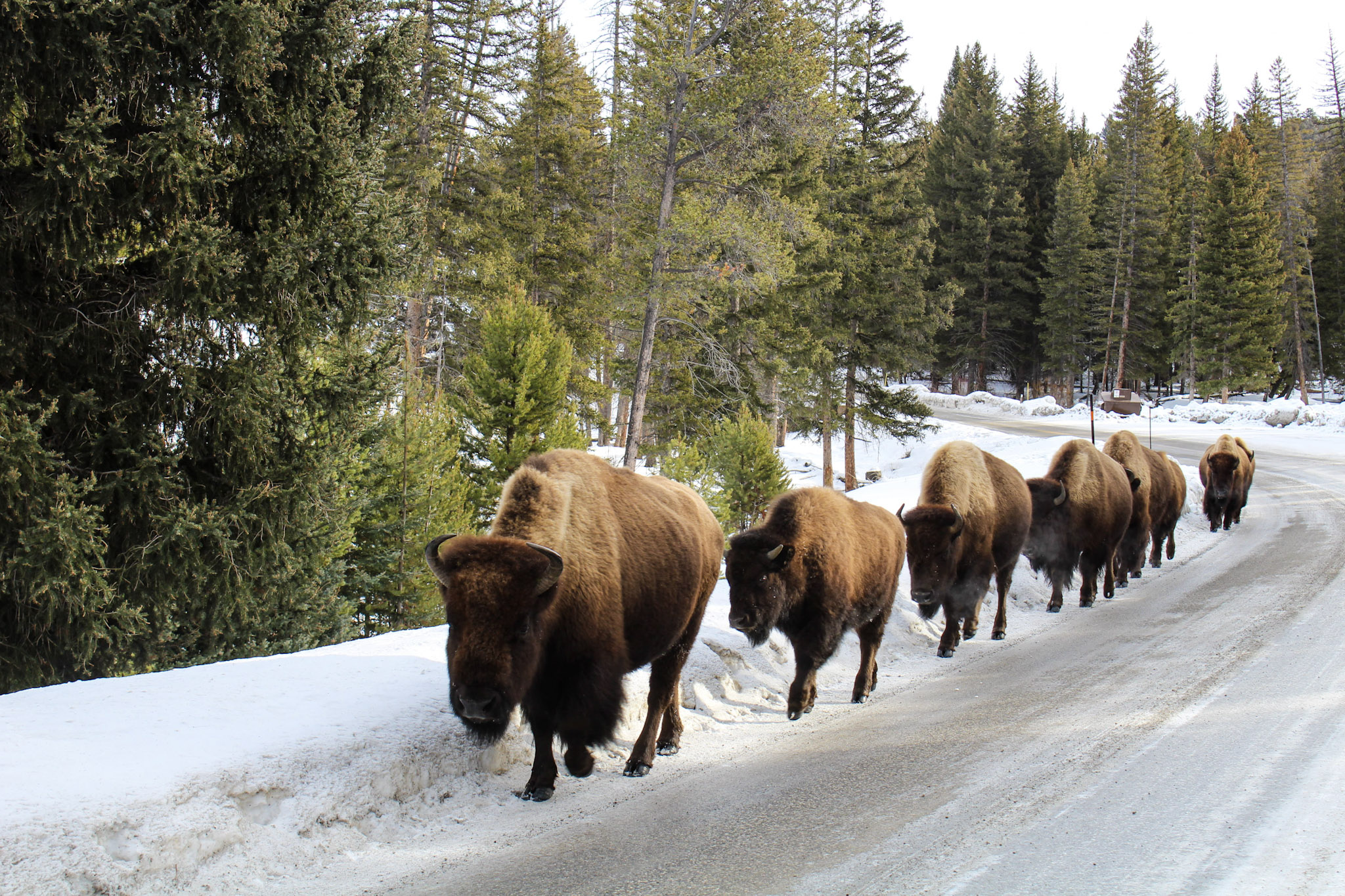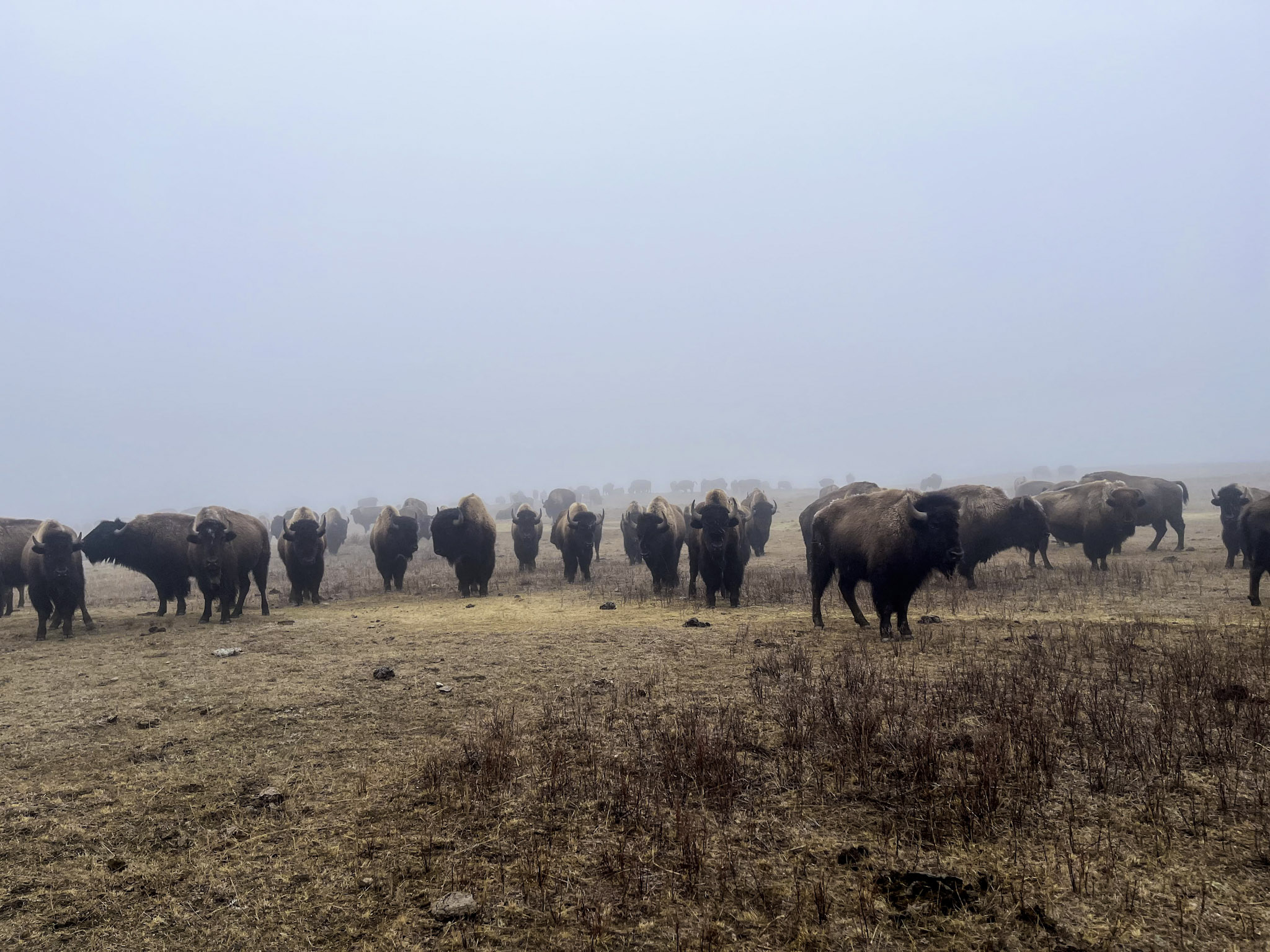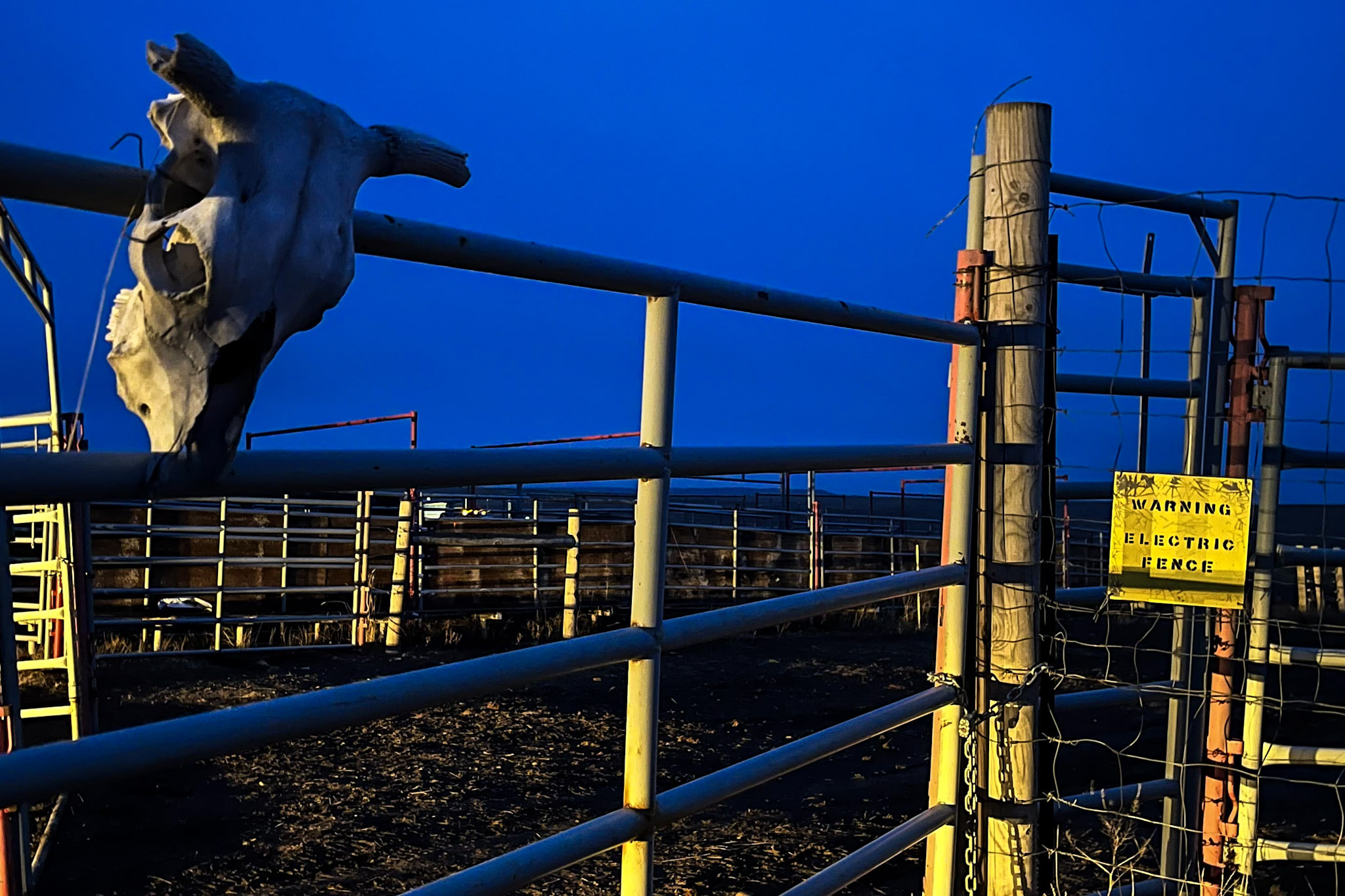Indianz.Com > News > Montana Free Press: Tribes welcome plan to expand range of Yellowstone bison

Yellowstone National Park plan sets the stage for bison expansion in Montana
How the park’s first management update in 24 years is set to impact herds and hunting beyond its boundaries.
Monday, August 26, 2024
Montana Free Press
A highly anticipated update to how Yellowstone National Park manages bison is setting the stage to expand the animal’s range in Montana, tribes and conservationsts say.After years of work, Yellowstone released its new bison management plan this summer. More than 27,000 people commented on the document, which calls for more bison compared to the previous plan from 24 years ago. It also incorporates management changes that have been put into effect over the past two decades, including a surge in bison hunting near park boundaries and a new program to transfer live, disease-free bison to tribal nations.“We have come a very long way since the last bison management plan was signed in 2000,” Yellowstone Superintendent Cam Sholly said in a release. “This new plan solidifies much of the progress made over the past two decades and provides a foundation for future decision making.”The plan, written as an environmental impact statement, has raised questions about what an increased herd size in the national park means for management outside the park. Yellowstone analyzed three alternatives in developing the new plan and chose to use existing hunting and transfer efforts to manage for a herd size of 3,500 to 6,000 bison. The population has averaged about 5,200 for the past decade.



Search
Filed Under
Tags
More Headlines
Chuck Hoskin: Cherokee Nation benefits from extension of health care credits
Native America Calling: Tribal museums reflect on tumultuous year, chart their next steps
Press Release: National Museum of the American Indian hosts Native art market
AUDIO: Sea Lion Predation in the Pacific Northwest
Native America Calling: Tribal colleges see an uncertain federal funding road ahead
Native America Calling: Short films taking on big stories
Native America Calling: Advocates push back against new obstacles to Missing and Murdered Indigenous Relatives momentum
Native America Calling: For all its promise, AI is a potential threat to culture
NAFOA: 5 Things You Need to Know this Week (November 24, 2025)
Chuck Hoskin: Cherokee Nation invests in rural transportation
Native America Calling: Native candidates make strides in local elections
National Congress of American Indians returns incumbents and welcomes newcomers to leadership
National Congress of American Indians chooses leadership at big convention
‘Not voting is still a vote’: Native turnout drops amid changes in political winds
Native America Calling: Indigenous voices speak up, but have little clout at COP30
More Headlines
Native America Calling: Tribal museums reflect on tumultuous year, chart their next steps
Press Release: National Museum of the American Indian hosts Native art market
AUDIO: Sea Lion Predation in the Pacific Northwest
Native America Calling: Tribal colleges see an uncertain federal funding road ahead
Native America Calling: Short films taking on big stories
Native America Calling: Advocates push back against new obstacles to Missing and Murdered Indigenous Relatives momentum
Native America Calling: For all its promise, AI is a potential threat to culture
NAFOA: 5 Things You Need to Know this Week (November 24, 2025)
Chuck Hoskin: Cherokee Nation invests in rural transportation
Native America Calling: Native candidates make strides in local elections
National Congress of American Indians returns incumbents and welcomes newcomers to leadership
National Congress of American Indians chooses leadership at big convention
‘Not voting is still a vote’: Native turnout drops amid changes in political winds
Native America Calling: Indigenous voices speak up, but have little clout at COP30
More Headlines